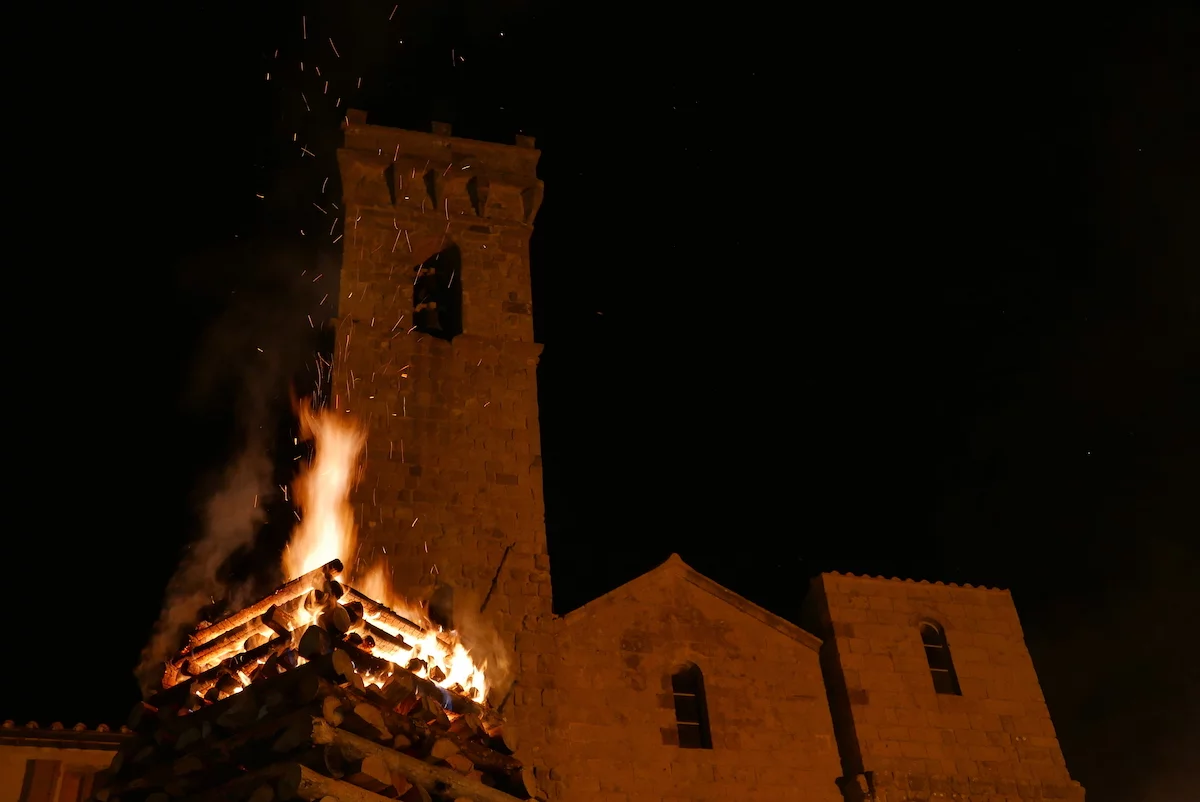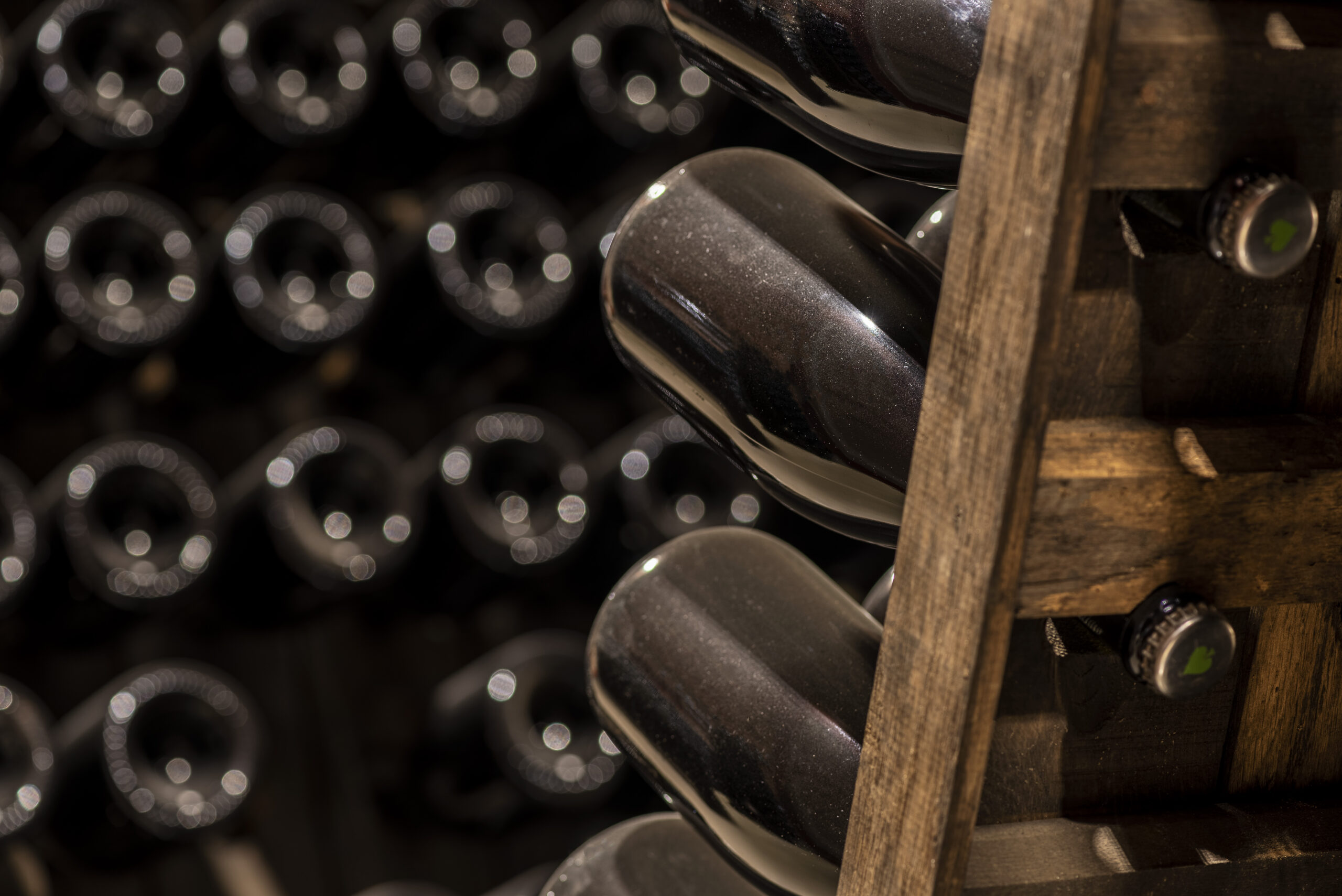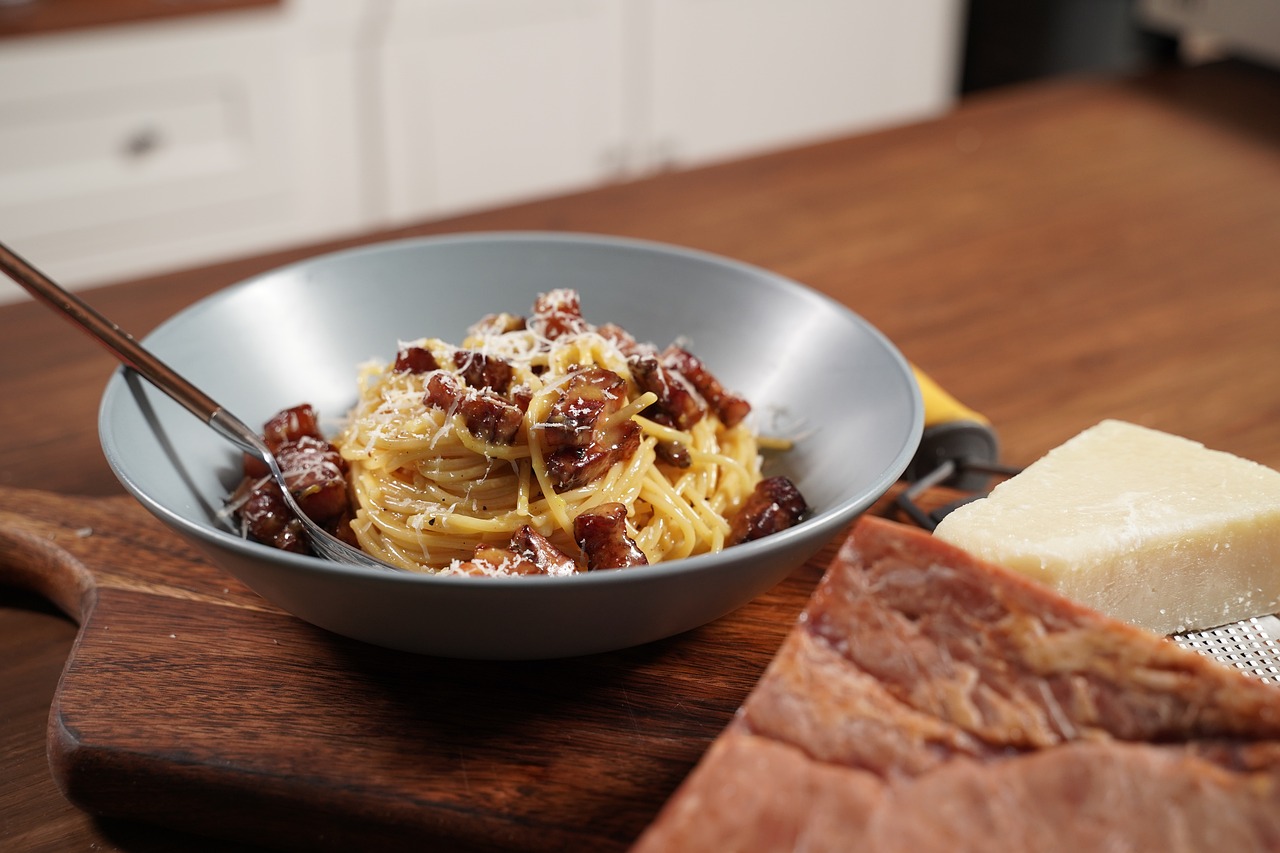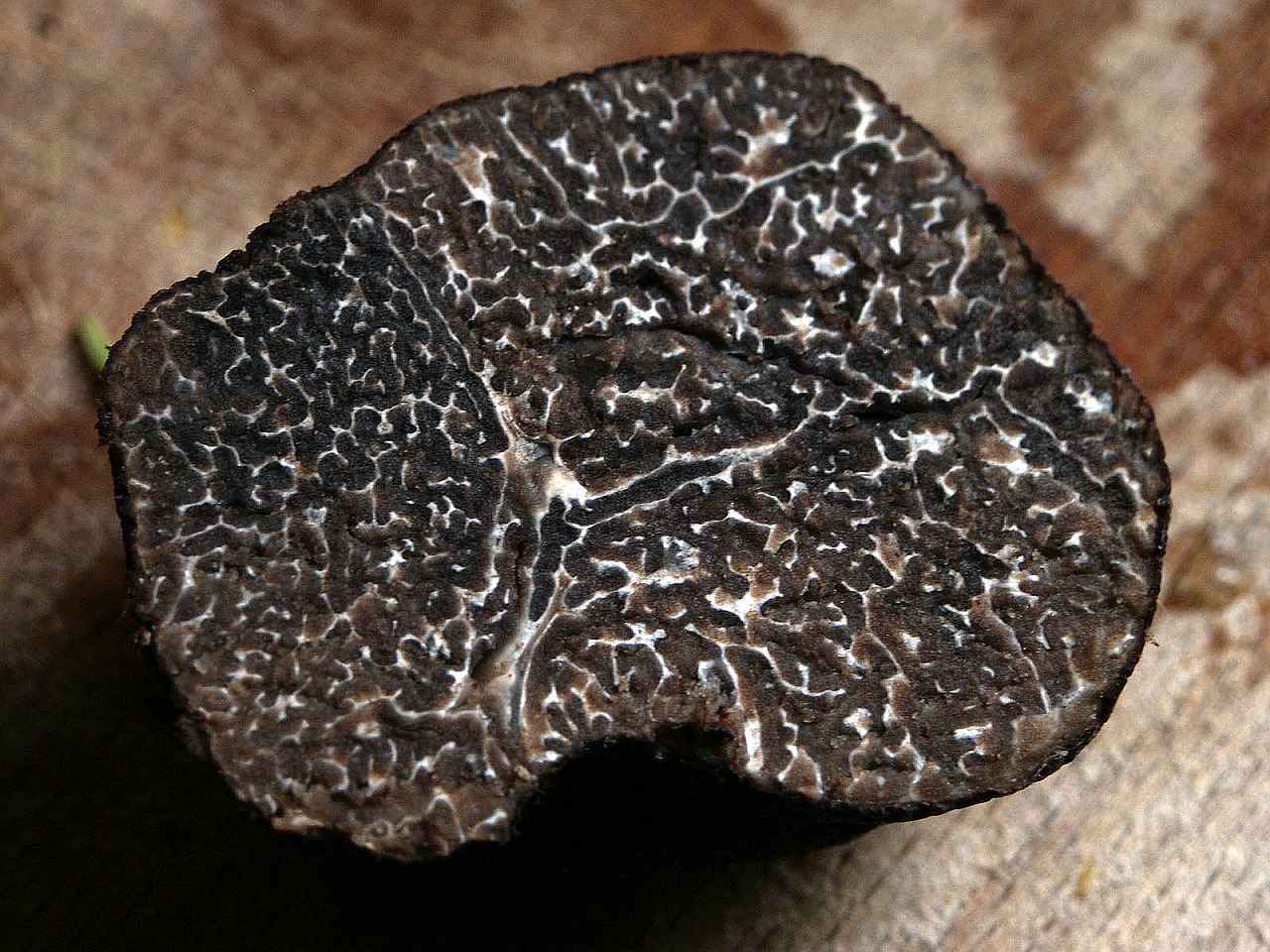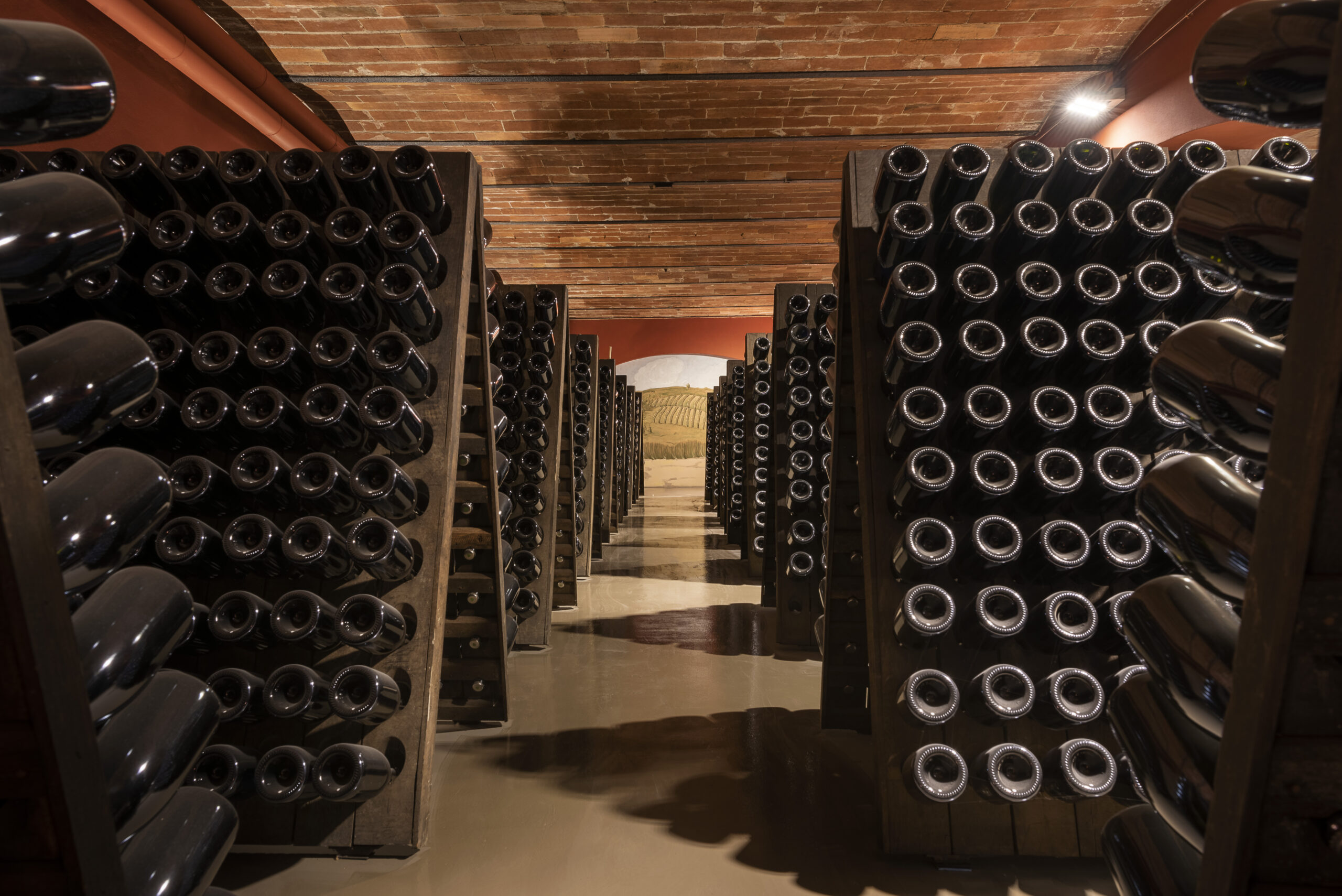From artistic nativity scenes to culinary traditions, discover the most magical time of the year with Tuscan Christmas delicacies and pair them with the right wine.
December is one of the most evocative times of the year to visit Tuscany, thanks undoubtedly to the magical atmosphere that can be felt from the very first days of the month in art cities such as Florence and Siena or in medieval villages such as Poggio alle mura and Montalcino where the Christmas traditions of Tuscany fascinate tourists of all ages.
Christmas in Tuscany
Christmas in Tuscany is indeed an experience to be had at least once in a lifetime, to be experienced at couple o at familysurrounded by breathtakingly beautiful landscapes that are coloured with new shades and suggestions during the Christmas period. But Christmas in Tuscany is also synonymous with hospitality, good wine and good foodthanks to the richness of the local culinary tradition that skilfully blends quality ingredients and traditional country recipes to satisfy even the most demanding palates.
Christmas traditions in Tuscany
Tuscan Christmas traditions have their roots in the ancient times and are repeated from generation to generation to keep alive the link with the past and with a land so rich in stories, legends, events and traditions.
Villages and cribs
It is above all the villages that are the protagonists of Christmas traditions in Tuscany: Barga, Petroio, Pescaglia and other small jewels of the Serchio valley are transformed during the Christmas period into a veritable living nativity scene under the open sky, in which one can walk around admiring the masterpieces of the master figurine makers dedicated to the Nativity, but also to popular traditions. The most fascinating is the Petroio Artistic Crib with over 100 characters.
Bonfires and torchlight processions
In the small village of Gorfigliano, in the Alta Garfagnanathe evening of Christmas Eve is lit up with magic thanks to the splendour of the Nataleccivery high bonfire placed in the highest points of the surrounding hills, which are lit at the same time as the bells toll, enveloping the village in a magical light. The event is one of the oldest Christmas traditions in Tuscany: the Christmas construction techniqueswith juniper and chestnut branches, are a secret that has been handed down from generation to generation for centuries, and competition between families in the area is still felt today.
Dates back to before the year one thousand instead the torchlight procession in Abbadia San Salvatore, a pretty village in the heart of the Amiata. Legend has it that the inhabitants of the villages along the Via Francigena gathered there for the traditional Christmas Eve Mass and that their route to the abbey was lit and illuminated by large bonfires.
On 7 December instead, for the eve of the Immaculate Conception, is the municipality of Gallicano to sparkle at the torchlightwhich is ritually lit in the festively decorated square, amidst Christmas carols and colourful market stalls.
What we eat at Christmas in Tuscany
Christmas traditions in Tuscany are also ancient when it comes to gastronomic traditions. Tuscany is in fact home to the Italian culinary excellence most appreciated throughout the peninsula and the world, including fine wines from the Montalcino area. It should come as no surprise, therefore, that many Christmas recipes are also being revived in other parts of Italy.
But what do you eat at Christmas in Tuscany?
It starts, as per tradition, with the appetizers with cured meats, accompanied by a local white wine, and with the liver crostinialso called crostini neri, symbol of a rustic and humble culinary tradition, but rich in taste.
Among the first courses, we find tortellini in capon broth, strictly handmade with fresh egg pasta, and the so-called 'ribollita di cavolo nero', a soup made with beans, Savoy cabbage and cabbage, served in terracotta bowls. Christmas traditions in Tuscany include a meat second courseanother excellence of the area: roast Chianina beef, pork liver, guinea fowl and duck in orange are the typical specialities of this period.
On the Christmas table of true Florentines, one cannot miss the typical Tuscan sweets: castagnaccio, panforte di Siena, ricciarelli, cantuccini strictly dipped in vin santo as tradition dictates.
Visit our Wine Shop during the Christmas period
Tuscany is thus reconfirmed as one of the regions richest in culture and charm when it comes to Christmas traditions, which is why it is a favourite destination for many tourists in December.
For those who choose to spend Christmas in Tuscany among the rolling hills, the village of Poggio alle Mura (where the Castello Banfi Wine Resort), enveloped in the evocative and festive Christmas atmosphere, it almost seems like an enchanted place, a little glimpse of a nativity scene, a romantic greeting card. In addition to visiting our small village, you can discover the gastronomic traditions of Tuscany and visit the Enoteca of Castello Banfi Wine Resort, a true Tuscan workshop of yesteryear, with its exposed-beam ceiling and rustic floor. Here you can taste some of the best products offered by the land of the Brunellocold meats, cheeses, oils and of course a wide selection of wines, immersed in the magical atmosphere of Christmas.

